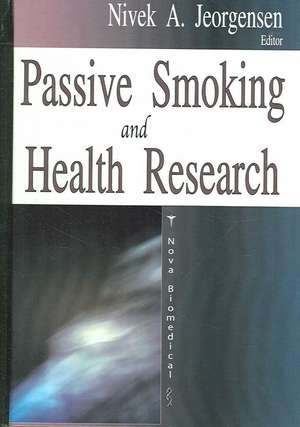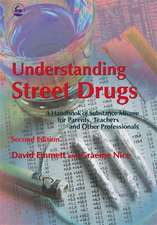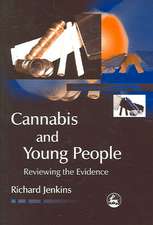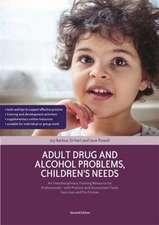Passive Smoking and Health Research
Editat de Nivek A. Jeorgensenen Limba Engleză Hardback – 31 mar 2007
Preț: 1307.65 lei
Preț vechi: 1787.60 lei
-27% Nou
Puncte Express: 1961
Preț estimativ în valută:
250.25€ • 260.30$ • 206.60£
250.25€ • 260.30$ • 206.60£
Carte disponibilă
Livrare economică 24 martie-07 aprilie
Preluare comenzi: 021 569.72.76
Specificații
ISBN-13: 9781600213823
ISBN-10: 1600213820
Pagini: 365
Ilustrații: tables
Dimensiuni: 183 x 261 x 27 mm
Greutate: 0.94 kg
Editura: Nova Science Publishers Inc
ISBN-10: 1600213820
Pagini: 365
Ilustrații: tables
Dimensiuni: 183 x 261 x 27 mm
Greutate: 0.94 kg
Editura: Nova Science Publishers Inc
Cuprins
Preface; Environmental Tobacco Exposure and Respiratory Disease; Passive Tobacco Smoking and Health Research; Passive Smoking Exposure and Cardiovascular Health; Effects of Passive Smoking on the Levels of Coronary Artery Disease Risk Factors and Non-Enzymatic Antioxidants; Passive Smoking as a Conditioner of Food Habits and Nutritional Status: Repercussions on Health; Vitamin C Intake: Types of Foods Consumed and Meal Pattern Differences in Children with High or Low Exposure to Environmental Tobacco Smoke; The Effect of Passive Smoke on the Concentration of Selected Elements and their Mutual Relationships in Deciduous Teeth; Passive Smoking and Cancer Risk in Companion Animals: Sentinels for Health Effects in Humans; Environmental Tobacco Smoke and Cancer; Passive Smoking: Assessing the Health Impact on Children; Evidence of a Link Between Gestational and Infantile Passive Smoking with Colic; Prenatal Exposure to Air Pollution and Respiratory Outcomes in Children; Passive Smoke and its Effects on Asian Americans; Worker Exposure to Environmental Tobacco Smoke in Smoking-Restricted Restaurants and Bars; Effectiveness of an Educational Intervention on Exposure to Environmental Tobacco Smoke for Low Income Patients; Chapter 16. Are Tobacco Funds used for Evidence-Based Tobacco Prevention Curricula?; Index.













